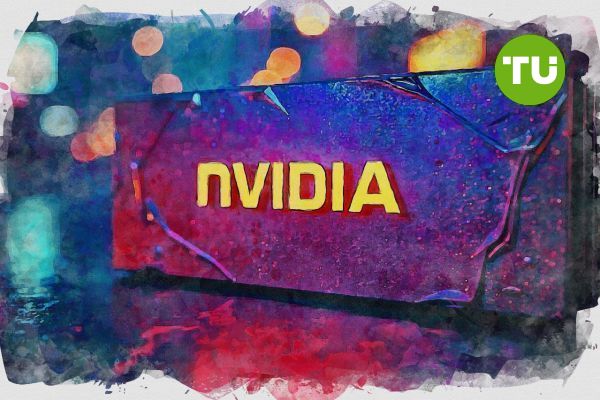Nvidia shares gain 0.4% as AI demand drives stock rebound
 Nvidia's expansion into hybrid systems featuring rival chips highlights its pragmatic approach to technology
Nvidia's expansion into hybrid systems featuring rival chips highlights its pragmatic approach to technology
As of May 19, Nvidia stock is trading at $135.40, up 0.4% in the last 24 hours. Nvidia (NASDAQ: NVDA) has staged a robust recovery, climbing approximately 50% from its April lows.
This resurgence is underpinned by a decisive breakout above the 200-day moving average, signaling renewed bullish momentum. Nvidia’s strong uptrend is evident in its technical indicators, with the stock's relative strength index (RSI) approaching the 70 mark. This reflects strong buying interest, though it also suggests the potential for overbought conditions, which investors should watch closely.
Key resistance levels for Nvidia are found at $130 and $150. The stock has recently surpassed the $130 mark, which aligns with a horizontal resistance line connecting previous peaks and troughs since August last year. A sustained hold above this level is crucial for maintaining the bullish bias. The next major resistance is seen at $150, which corresponds to a historically significant area of price rejection. A successful break above this level could pave the way for a further rally towards new highs.
NVDA stock price dynamics (March 2025 - May 2025). Source: TradingView.
On the downside, the primary support is established at $115, which aligns with the 50-day moving average and the breakout point from a falling wedge pattern. This level is crucial for the bulls to defend, as a break below it could trigger further downside pressure. In a more bearish scenario, Nvidia could test the $96 support level, corresponding to the late-April trough and previous peaks observed in March of the previous year. The stock's ability to maintain its recent gains will largely depend on broader market sentiment and upcoming earnings reports.
Strategic partnerships and AI demand fuel optimism
Nvidia's strong performance in recent months has been bolstered by strategic initiatives and robust demand for artificial intelligence (AI) products. The company recently announced a significant partnership with a Saudi Arabian AI firm, involving the sale of hundreds of thousands of advanced GPUs over a five-year period. This partnership is expected to boost Nvidia's revenue, reaffirming its leadership in the AI and high-performance computing sectors.
In addition, Nvidia's expansion into hybrid systems featuring rival chips highlights its pragmatic approach to technology. This strategy allows Nvidia to tap into diverse customer needs while maintaining its competitive edge in the semiconductor industry. Such initiatives are crucial as Nvidia navigates a competitive landscape dominated by global tech giants, including AMD and Intel.
However, Nvidia is not without challenges. The company faces potential headwinds from U.S. export restrictions on its advanced AI chips to China. Given China’s role as a major market for high-performance computing, these restrictions could negatively impact Nvidia's revenue. Moreover, some institutional investors have recently reduced their positions in Nvidia, reflecting caution amid broader market uncertainties and potential profit-taking after the stock's sharp rally.
Bullish trajectory with cautionary support levels
Given the technical breakout above key resistance levels and Nvidia’s strong market position, the stock appears well-positioned to test the $150 resistance level in the short term. A successful breakout above this level could signal the start of a new bullish phase, with potential upside targets around $165 or even higher, depending on market momentum.
However, investors should be mindful of downside risks. If Nvidia fails to maintain its recent gains and slips below the $130 support level, it could face selling pressure towards the $115 support region. A break below $115 could accelerate the decline, with the next critical support at $96, which has historically served as a key level.
Nvidia's partnership with a Saudi Arabian AI company involves selling hundreds of thousands of advanced GPUs over five years, boosting its revenue outlook. This deal further solidifies Nvidia's leadership in the AI and semiconductor sectors.













































































































































